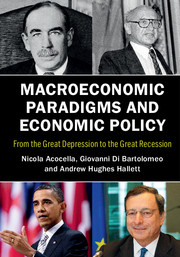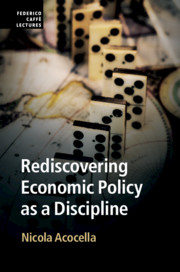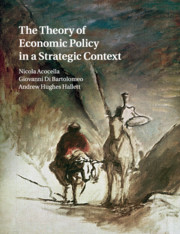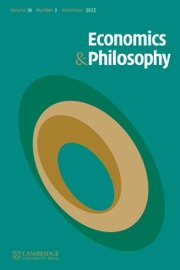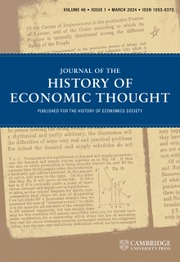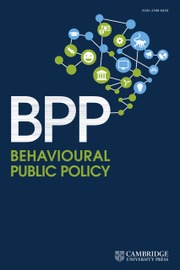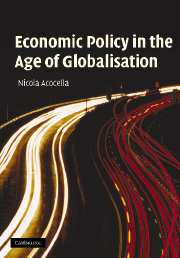Macroeconomic Paradigms and Economic Policy
The recent financial crisis has demonstrated the dangers of ignoring the factors that led to previous crises, and the effectiveness of the policies designed to deal with them. Over time, these macroeconomic policies have evolved, oscillating between state intervention and a free-market approach. Following a story that runs from the pre-Great Depression era up until the Financial Crisis of 2007–11, this book reveals an intimate connection between new macroeconomic ideas and policies and the events in the real economy that inspired them. It does this in an accessible, easy-to-follow style, first by focusing on the developments of economic theories and policies, and then by concentrating on the design of domestic and international institutions and economic governance. Written by three leading experts on the history of economic policy, the book is ideal for graduates and undergraduates studying macroeconomics, monetary policy and the history of economic thought.
- Proposes a new and unconventional approach to macroeconomic policies in an informal style, without complex mathematical treatments
- Gives a complete overview of a century of macroeconomics, focusing on references to real issues, institutions and prevailing theories
- A clear outline of the complexities of modern macroeconomics and contemporary policy debates for graduate students, professional economists and non-specialists
Reviews & endorsements
'This is a very useful book for those among us interested in the evolution of economic paradigms, changing economic conditions, and their impact on economic policies. The authors succeed in highlighting how these changes have affected monetary and fiscal policies and how they push us towards designing better institutions.' Paul De Grauwe, John Paulson Professor in European Political Economy, London School of Economics and Political Science
'This splendid book, written by three experts in the field, demonstrates the oscillation of macro policies between state intervention and free market policies. It is a lucid presentation of the evolution of macroeconomic policies in the light of the big macro dynamic challenges such as the high unemployment rates in the great depression, the stagflation period of the 1970s, the great moderation, and the great recession triggered by the financial market meltdown. A fascinating book, highly recommended for higher level undergrad and grad classes, and researchers, and practitioners in the field.' Willi Semmler, Arnhold Professor of International Cooperation and Development, New School for Social Research, New York
Product details
June 2016Hardback
9781107117723
354 pages
244 × 170 × 21 mm
0.78kg
41 b/w illus. 3 tables
Available
Table of Contents
- Preface
- Acknowledgements
- 1. Introduction
- 2. The dawn of the Keynesian Age
- 3. The Phillips curve menu
- 4. The pro-market counterattack: powerless economic policies
- 5. Rethinking stabilization policies: good policies or good luck?
- 6. The great recession and beyond
- 7. Central banking
- 8. Fiscal regimes and fiscal policies
- 9. Further policy challenges
- 10. Conflicts and cooperation in the labor markets
- 11. Fixed exchange rates: the age of tempered liberalism
- 12. Free to float: the age of neo-liberalism
- 13. A fragile European construction: the perils of incomplete coordination
- 14. Taking stock: the end of a ride or the start of a new one?
- Bibliography.

